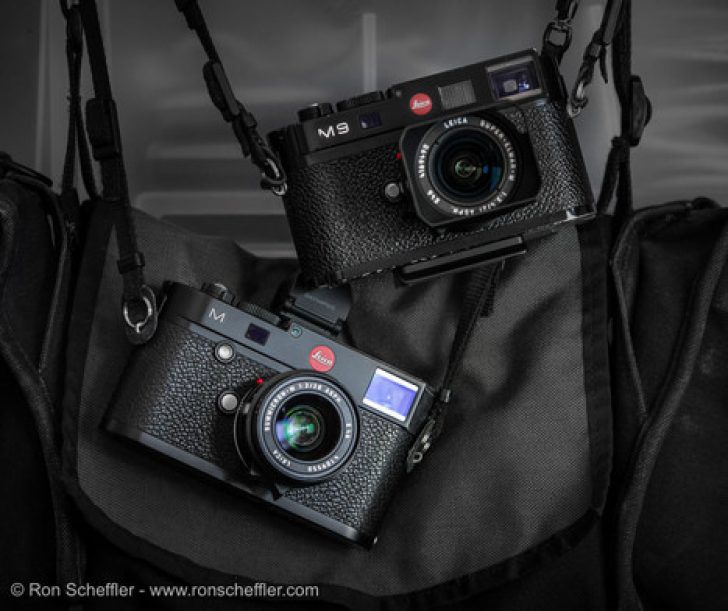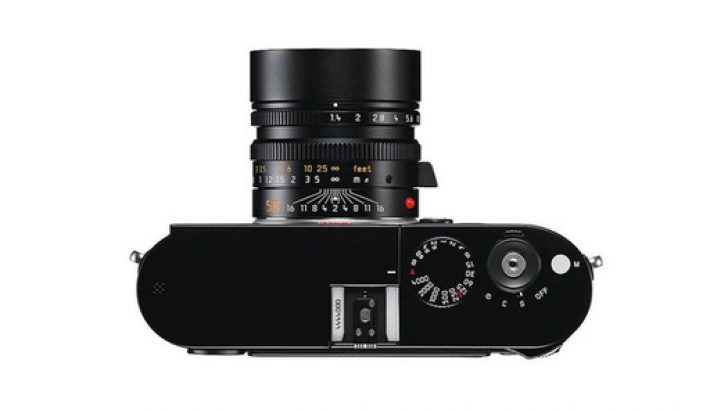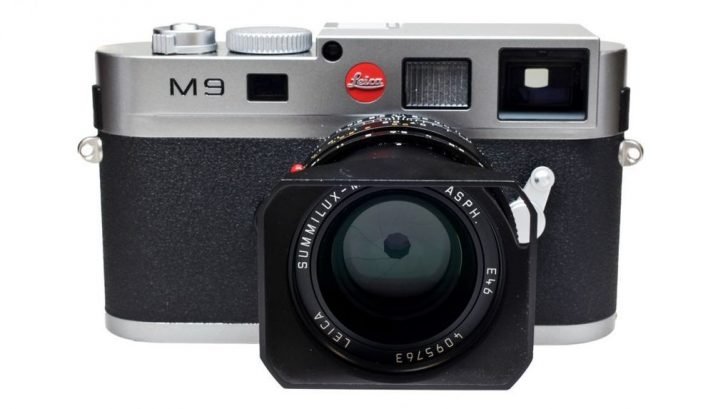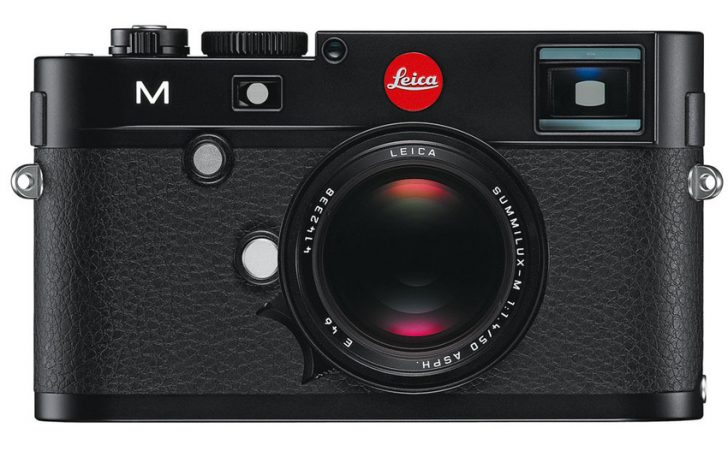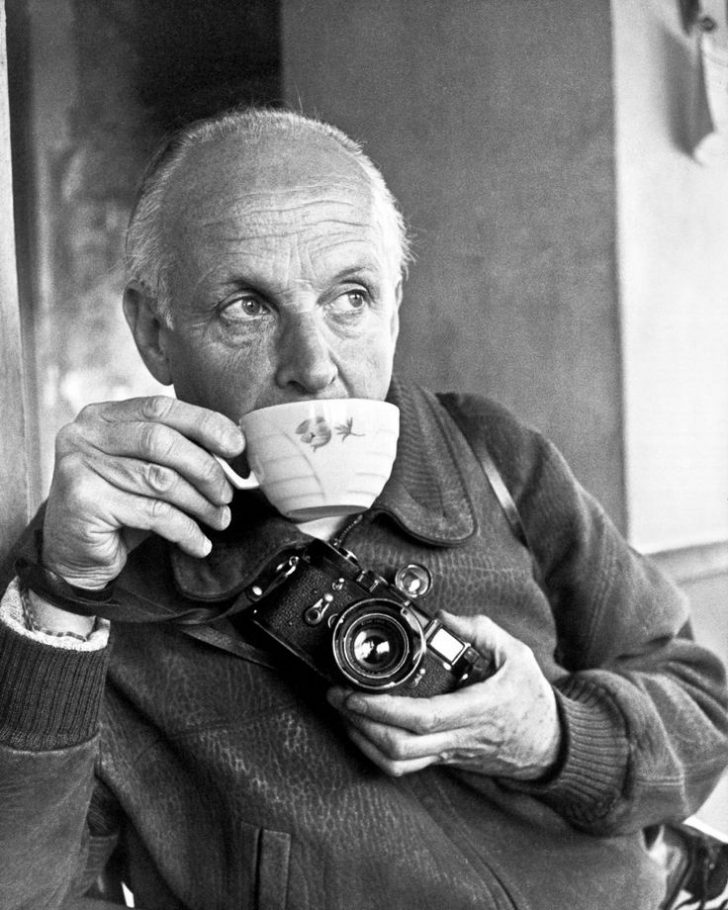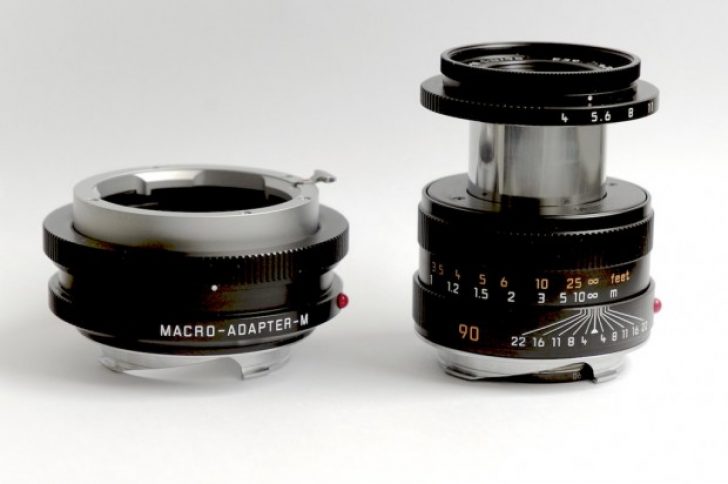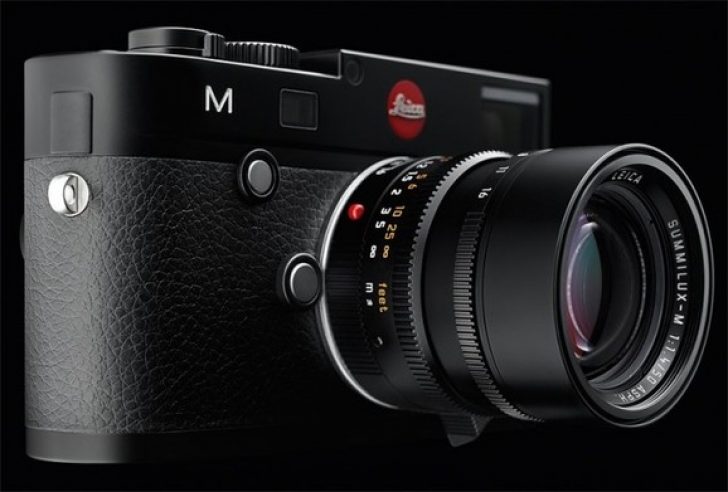Leica M (Typ 240) rolling review | Ron Scheffler
There are a lot of online Leica M (Typ 240) camera reviews, considering it was announced at Photokina 2012, and started shipping at the end of February 2013. Therefore I’m a bit late to the game, but hopefully my impressions Read more …
Leica M (Typ 240) review: Keepin‘ it old-school | Ben Griffin
The Leica M (Typ 240) looks like it belongs in a museum. While the technology inside has moved with the times, including the transition from film to digital, Leica products share a common design style that has been maintained since Read more …
Who buys Leica cameras? | Techradar
Leica M series cameras have almost legendary status among photographers. Even though they don’t necessarily use the most cutting edge technology (just check the specification of the Leica M9 and Leica M Monochrom’s LCD screens), their superb build and the Read more …
The Leica 75 Summilux Review | Patrick Leong
The 560 g Leica 75 Summilux was created in 1980, and features 7 elements in 5 groups. It was manufactured in Canada and later in Germany. Thanks to Dr. Walter Mandler (whose specialty was designing Double Gauss lenses), this lens Read more …
Gear Review: The Leica M | Roger Hicks
Camera reviews are rarely occasions for existential reflection. We expect to read about what the camera can do. But the Leica M (also known as the Typ 240) elicits deeper questions: How versatile should a camera try to be? How Read more …
The Cult of Leica | Leicaphilia
Fifty miles north of Frankfurt lies the small German town of Solms. Turn off the main thoroughfare and you find yourself driving down tranquil suburban streets, with detached houses set back from the road, and, on a warm morning in Read more …
My first serious try with the Leica M Monochrome | Chris
It’s been a year or so since I first purchased the Leica M Monochrom. There’s no shred of doubt of its image quality while able to understand what Leica has done to the sensor. On paper there’s nothing special about Read more …
Leica Macro Elmar M 90 f4 and Leica Macro Adapter M |
L-Camera-Forum
Quite out of the blue, Leica announced these two products at the 100 year celebrations at Wetzlar. I think most people were taken unawares. The lens had been in development for a long time, I had a prototype version in Read more …
Leica M Typ 240 | Marco Secchi
The Leica M 240 is a digital rangefinder camera with a full-format 24 x 36 mm sensor. As the world’s most compact full-format system camera, the Leica M 240 extends the legendary heritage of the Leica rangefinder M System and Read more …
Product strategy at Leica | The TAO of Leica
From 1925 to 1990 Leica followed the strategy of producing a few high-end, high-quality camera lines, at first the I,II, III series with minor variations to differentiate the price tags, later the M line was added, then the III was dropped and the Leicaflex and R-range came alongside the M. There is a big question-mark around the R-range as a high-end camera as it certainly showed mechanical quality, but the engineering was a bit contrived to say the least. The mono-culture in product range did not serve the company well and Leitz had to sell his stake in the ownership to the Swiss investor Schmidtheiny. In 1989 Leica expanded the range of cameras with compact cameras ‘loaned’ from Minolta and later Panasonic. The idea was that the company needed to broaden the consumer base and thus to generate more money.
Source: www.imx.nl

